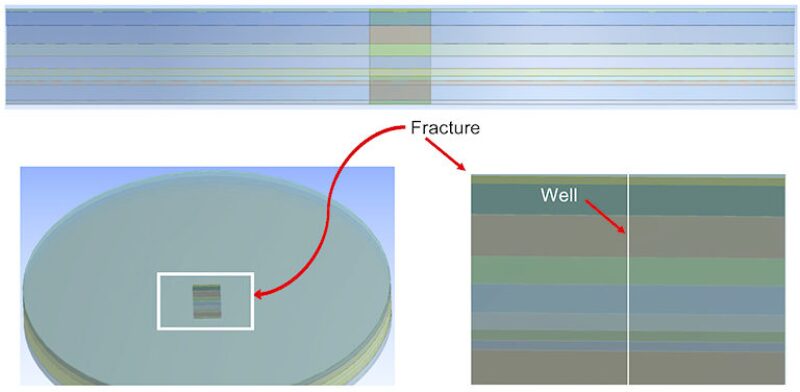This study concerns the mature Gyda reservoir, where some recent production wells have underperformed relative to equivalent initial wells. In particular, a sidetrack to an early successful well had very poor performance on initial startup. Subsequently, the geometry of both the original well and the sidetrack was simulated. In the original well, an attempted hydraulic fracture was assumed to have failed.
×


Continue Reading with SPE Membership
SPE Members: Please sign in at the top of the page for access to this member-exclusive content. If you are not a member and you find JPT content valuable, we encourage you to become a part of the SPE member community to gain full access.

